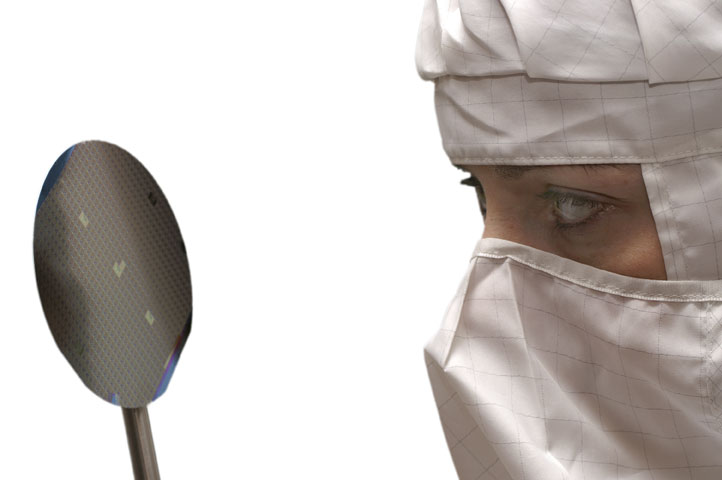
When it comes to electronic wafers, it seems they are always getting thinner and smaller. While this is great news for consumer electronics, it can make the manufacture of discrete semiconductors a more difficult process. When wafers are ground down in a way that is more conventional, it can create damage on the surface which cannot be seen with the naked eye. To the casual observer, they are shined like a mirror. However, the damage is very real and can present problems if not taken care of.
This surface damage is often needed to be removed due to the fact that it causes problems and also due to the fact that the damage is often just a few microns in depth. The polishing technique used by Contract Electronic Manufacturing Companies that gets rid of this damage has a technical name and that name is chemical mechanical planarization. The result of this polishing is nothing short of spectacular. It completely gets rid of the valleys and the peaks which are caused by the process of backgrounding.
The ingredients used to polish the wafer are liquid slurry made from diamonds and polishing pads. A special vacuum device holds the wafer in place so that the polishing can take place. The wafer is slowly placed against a polishing pad by the vacuum device so that it does not move around and become inhibited by the pad itself.
As you can see, it is very important to have the wafers polished as quickly and as efficiently as possible. To leave them unpolished would be to leave them open to all sort of possible damage to the device they are functioning in and also to other things that could cause disarray of function. It is for this reason that silicon wafer polishing should definitely
- Phishing Email Analysis Landing Page - September 19, 2024
- BPI to hold Cybersecurity Conference to ‘Fortify Cyber-Resilience in an AI World’ - July 25, 2024
- New Smishing Campaign makes use of Globe SMS Sender ID - May 27, 2024
